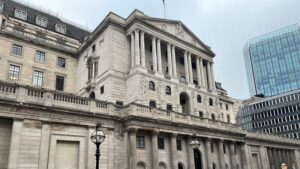In its latest Thundering Word note, the bank’s global equity strategy team said that while the first half of 2014 saw double digit eps gains in all bt emerging market,s the second quarter of 2015 saw eps growth decline year-on-year in the US (-5.3%), Europe (-3.1%) and emerging markets (-5.8%), with Japan bucking the trend reporting growth of 15.8%.
“Simply put, the end of excess liquidity and the end of excess profits have engendered the end of excess returns in 2015,” the bank said.
It added that investment performance has also been plagued by so-called, ‘non-stop pain trades’ as expectations of further liquidity have weakened and investment horizons have shortened.
“Excess debt, aging demographics, and tech disruption have all conspired to create a very deflationary recovery in recent years. That is why growth continues to outperform value,” the banks said, adding that the recent devaluation in the Chinese currency, while small, has added to this view.
“We believe markets will stop panicking when central banks start panicking. We think that is increasingly likely in September as the humiliation of EM, commodities and resources is completed,” the bank said, adding: “In our view, tactical traders should soon look to add risk on further weakness.”
However, it cautioned, the biggest risk to this view is the possibility of central bank policy impotence.
“All investment strategies have been tied in recent years to the power of central banks. There are few bond vigilantes willing to punish profligate governments, fewer currency speculators willing to defy central bank intervention, and investors have become adept at front-running policy-makers and/or expecting central
banks will “blink” at signs of market volatility. We believe a loss of central bank potency is an unambiguous risk-off.”







